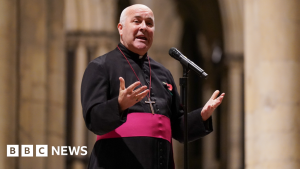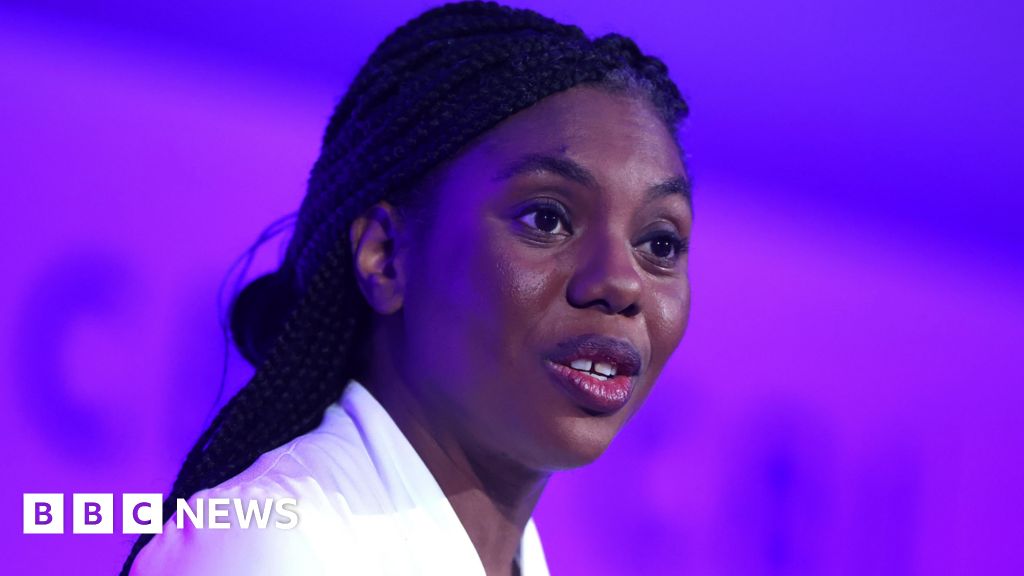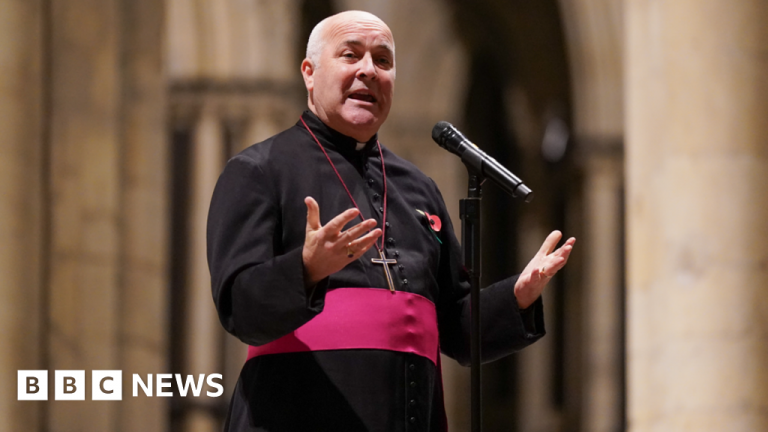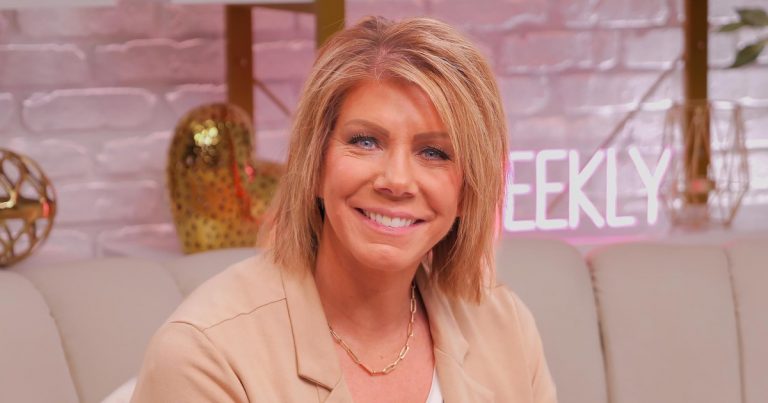Kemi Badenoch has stood by her past comments about Nigeria, after the vice-president of the West African country accused her of denigrating it.
The Conservative Party leader, who was born in the UK but mostly raised in Nigeria, has repeatedly described growing up in fear and insecurity in a country plagued by corruption.
On Tuesday, Nigerian Vice-President Kashim Shettima suggested Badenoch could “remove the Kemi from her name” if she was not proud of her “nation of origin”.
Asked about Shettima’s comments, Badenoch’s spokesman said she “stands by what she says” and “is not the PR for Nigeria”.
“She is the leader of the opposition and she is very proud of her leadership of the opposition in this country,” he told reporters.
“She tells the truth. She tells it like it is. She is not going to couch her words.”
During a speech on migration in Nigerian capital Abuja, Shettima said his government was “proud” of Badenoch “in spite of her efforts at denigrating her nation of origin.”
Shettima was met with applause when he said: “She is entitled to her own opinions; she has even every right to remove the Kemi from her name but that does not underscore the fact that the greatest black nation on earth is the nation called Nigeria.”
He compared Badenoch’s approach to that of her predecessor, Rishi Sunak – the UK’s first prime minister of Indian heritage – as “a brilliant young man” who “never denigrated his nation of ancestry”.
It is unclear which comments Settima was referring to, but Badenoch has frequently mentioned her Nigerian upbringing in speeches and interviews.
Born Olukemi Adegoke in Wimbledon in 1980, she grew up in Lagos, Nigeria, and in the United States where her physiology professor mother lectured.
She returning to the UK at the age of 16 to live with a friend of her mother because of the worsening political and economic situation in Nigeria, and to study for her A-levels.
After marrying Scottish banker Hamish Badenoch, she took her husband’s surname.
At the Conservative Party conference this year, Badenoch contrasted the freedoms she experienced in the UK to her childhood in Lagos “where fear was everywhere”.
She vividly described the city as lawless, recalling hearing “neighbours scream as they are being burgled and beaten – and wondering if your home will be next”.
Last week during a tour of the US, she described her home city as “a place where almost everything seemed broken”.
Her experiences helped shape her conservative ideals and set her against socialism, she said.


























+ There are no comments
Add yours